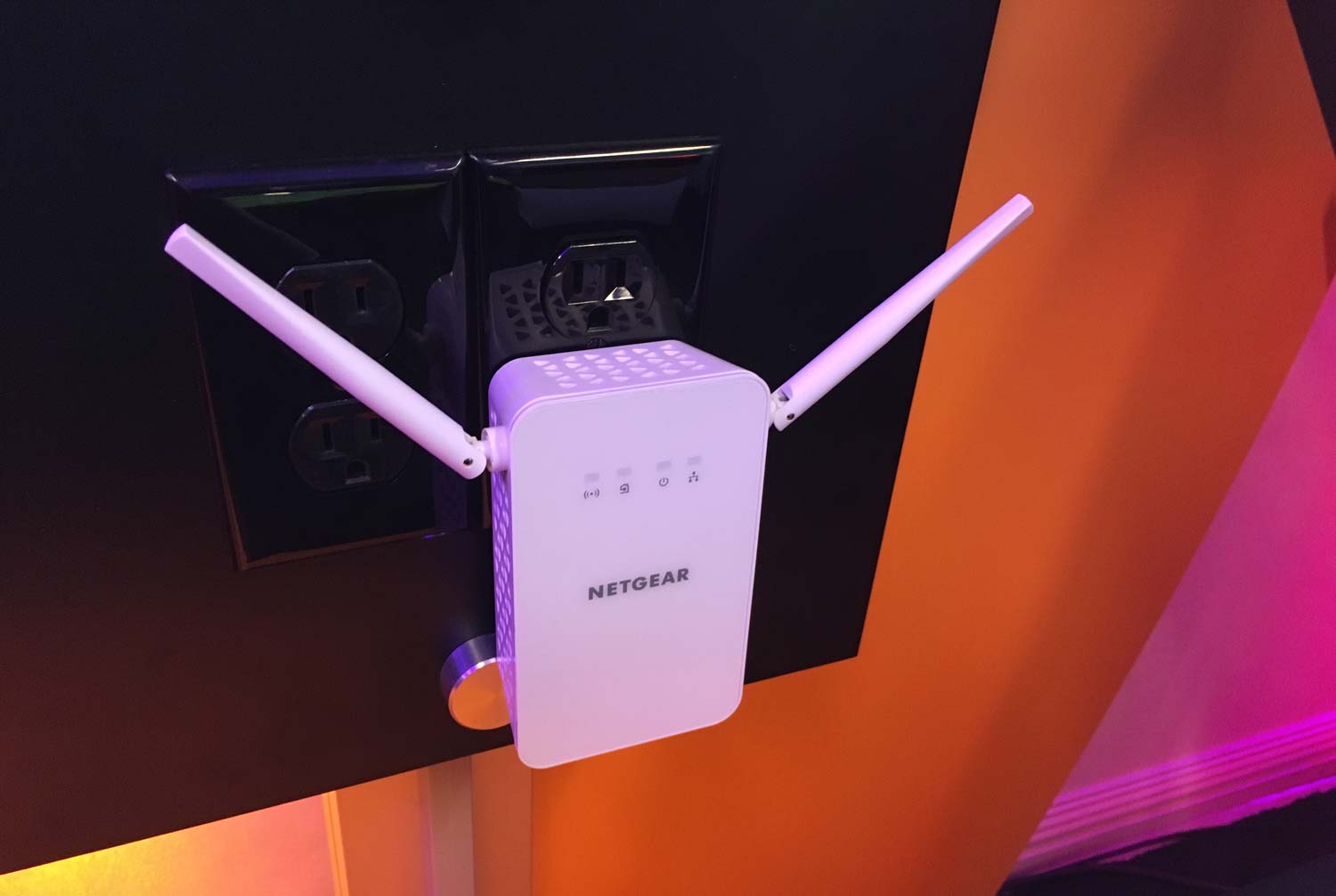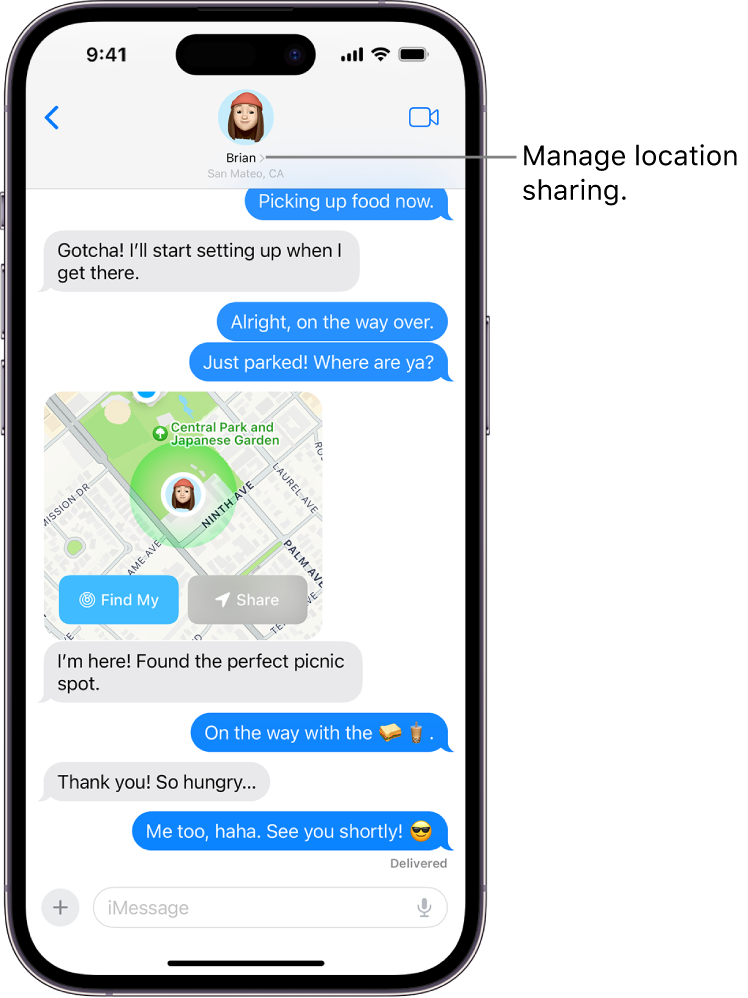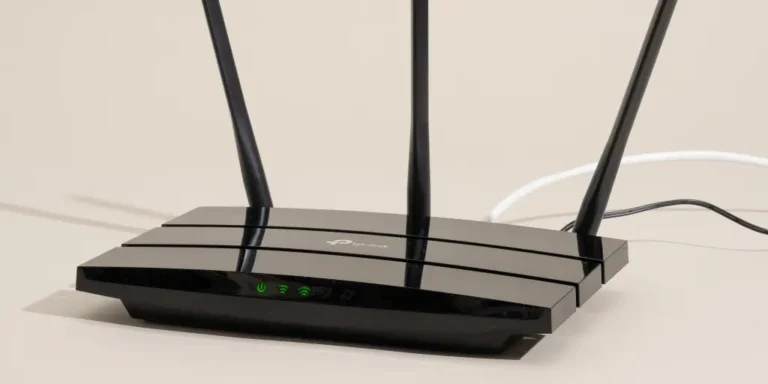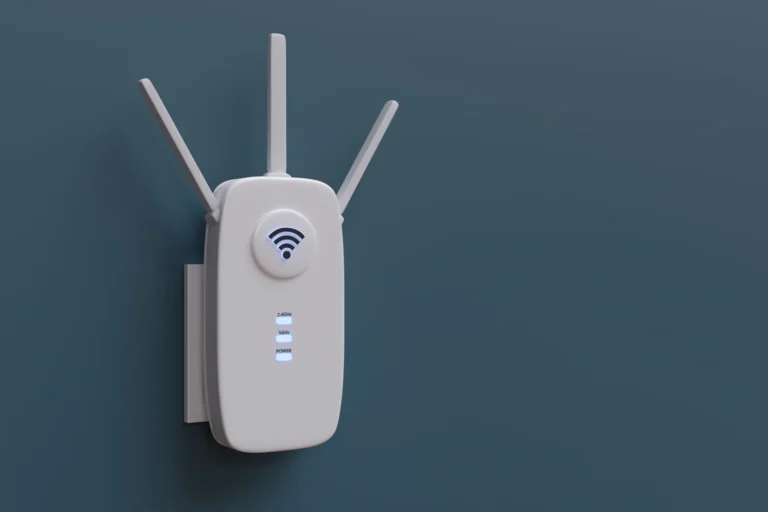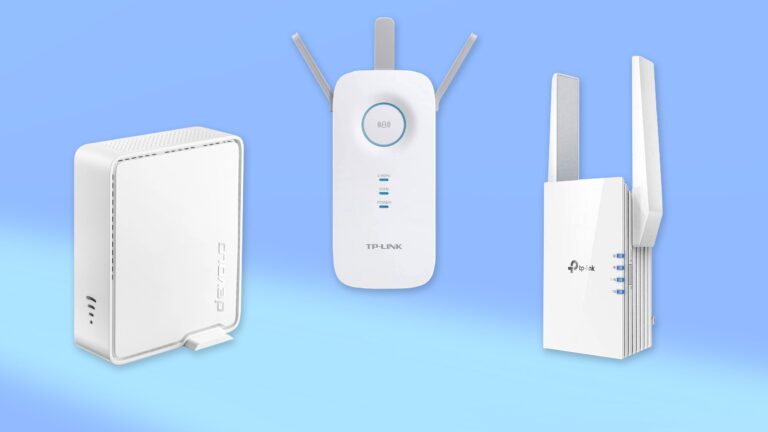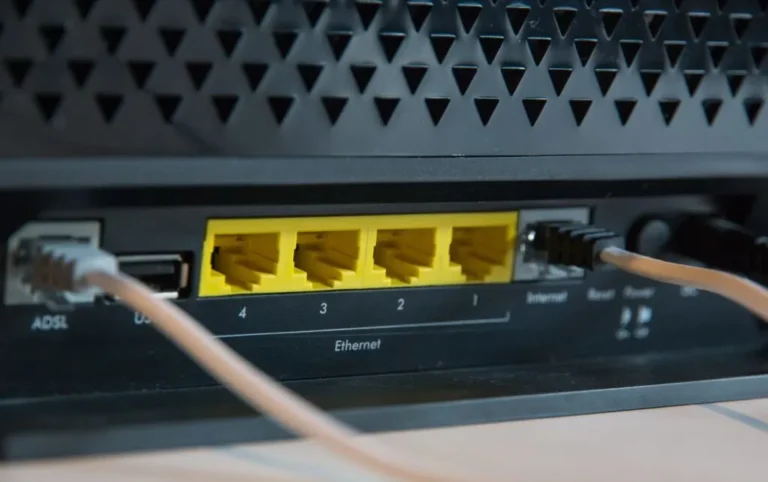What Does A WiFi Booster Do?
A WiFi booster is a device that amplifies the existing WiFi signal in order to extend the range of your wireless network. They are commonly used to improve the coverage of an existing wireless network in a home or office environment. WiFi boosters can be used to increase the strength of a weak signal, allowing for better coverage and performance of your network. They are easy to install and can be a great investment to help boost your wireless network.
What is a WiFi Booster?
A WiFi Booster is a device that extends the range of your existing WiFi network. It works by receiving the signal from your router and then amplifying it before sending it back out again, enabling you to get a stronger signal in areas that would otherwise be too far away to get a reliable connection. With a WiFi Booster, you’ll be able to access your WiFi network in more locations in your home or office, giving you the convenience of being connected anywhere.
What are the Benefits of a WiFi Booster?
A WiFi booster is a device that amplifies the existing WiFi signal in your area. This is especially beneficial for those living in rural or remote areas, as they tend to have weaker WiFi signals due to distance. A WiFi booster works by using a powerful antenna to capture the signal and then amplifying it with an amplifier. With a WiFi booster, you can enjoy faster, more reliable WiFi coverage with fewer dropped connections. You can also extend the range of your WiFi signal further, allowing you to access the internet from more places in your home or office. Additionally, WiFi boosters can help reduce interference from neighboring networks, allowing for a more stable connection. Ultimately, a WiFi booster is an excellent investment for anyone looking to get better WiFi coverage in their home, office, or even outdoors.
What Types of WiFi Boosters Are Available?
WiFi boosters, also known as wireless range extenders, are devices that can help extend the range of your home WiFi network. They are available in a variety of styles and configurations, allowing you to customize your solution based on your needs. Common types of WiFi boosters include desktop, wall-plug, and ceiling-mounted models. Desktop models are typically the most powerful, offering the most range, while wall-plug models are more discreet and can be used to extend coverage to hard-to-reach areas. Ceiling-mounted models are ideal for larger homes, providing coverage throughout. All models come with easy-to-use setup and configuration, allowing you to get up and running quickly. With the right WiFi booster, you’ll be able to enjoy reliable wireless coverage throughout your home.
How to Choose the Best WiFi Booster for Your Needs
An effective WiFi booster can make all the difference when it comes to internet connectivity. Whether you’re looking to extend your coverage or just want to improve your signal strength, the right device can make a huge difference. When it comes to choosing the best WiFi booster, there are a few key points to consider. First, it’s important to determine the type of connection you need: do you require a booster for a single device or whole home coverage? Next, consider the type of range you need: is your home large or do you need a stronger signal for outdoor activities? Lastly, consider the number of devices you need to cover with your WiFi booster. Once you have a better understanding of your needs, you can start researching different models and comparing features and prices to find the perfect WiFi booster for your home.
Installing a WiFi Booster
Installing a WiFi booster is a great way to improve your home internet connection. Not only can it provide better coverage, but it can also help to increase your connection speed. By boosting your signal strength, you can take advantage of faster speeds and a more reliable connection. You can also enjoy a greater range of coverage with a WiFi booster, allowing you to access the internet from further afield in your home or office. Installing a WiFi booster is a simple and cost-effective way to improve your home or office internet connection.
Troubleshooting Common Issues with WiFi Boosters
WiFi boosters can be a great way to extend the range of your wireless network, but they can also be the source of common issues. This blog post outlines some of the common issues with WiFi boosters, and offers tips for troubleshooting them. From interference caused by other electronics to incorrect placement of the booster, we’ll examine the most common problems and how to fix them. We’ll also discuss some other useful tools and techniques to help you get the most out of your WiFi booster. With the right advice and a bit of patience, you’ll be able to enjoy a much stronger and more reliable wireless connection.
FAQs About the What Does A WiFi Booster Do?
1. How does a WiFi booster work?
A WiFi booster is a device that amplifies your existing WiFi signal, providing a stronger, more reliable connection in areas of your home or office where the signal is weak. The booster captures the existing WiFi signal, amplifies it, and then rebroadcasts it in a stronger and more consistent signal.
2. Do I need a WiFi booster?
If you’re having trouble connecting to your WiFi network in certain areas of your home or office, a WiFi booster may be a good solution. The booster will amplify your existing signal, providing a more reliable connection in areas that have traditionally had weak or spotty coverage.
3. Is a WiFi booster the same as a WiFi extender?
No. A WiFi booster amplifies and strengthens your existing WiFi signal, while a WiFi extender connects to your existing WiFi signal and creates a new, separate network.
Conclusion
A WiFi booster is a great device to have for those who are looking to increase their internet speed and range. It amplifies the existing WiFi signal and increases the range so that more devices can access the internet. WiFi boosters also help to reduce interference from other devices and improve overall performance. With a WiFi booster, users can enjoy faster speeds, better coverage, and fewer disruptions when accessing the internet.
